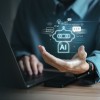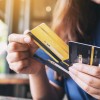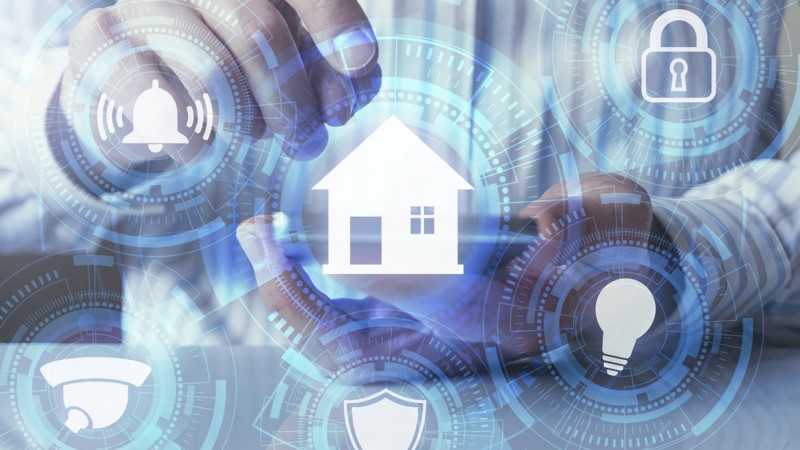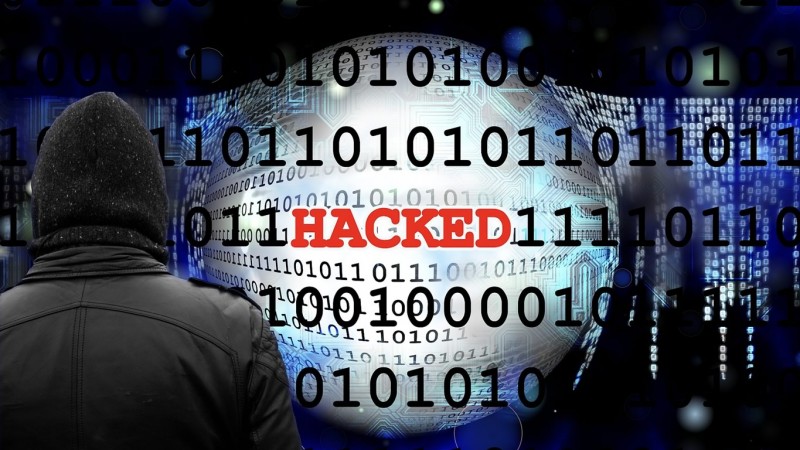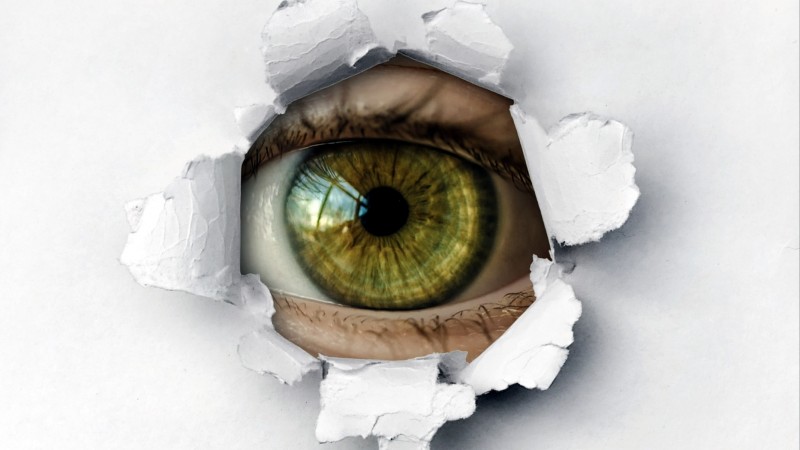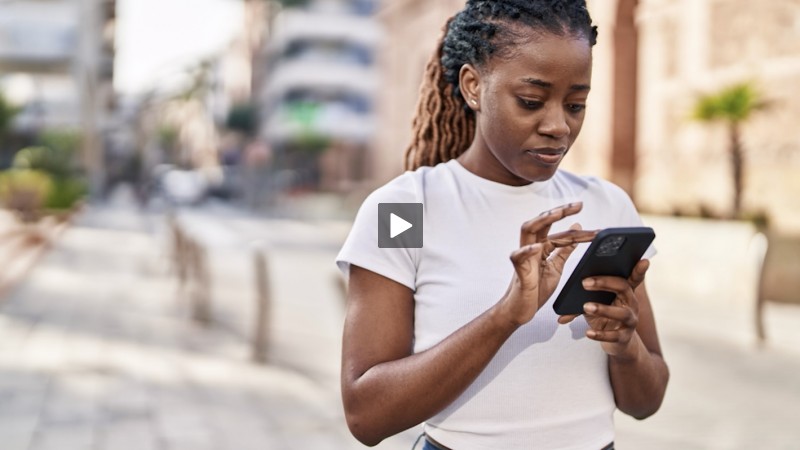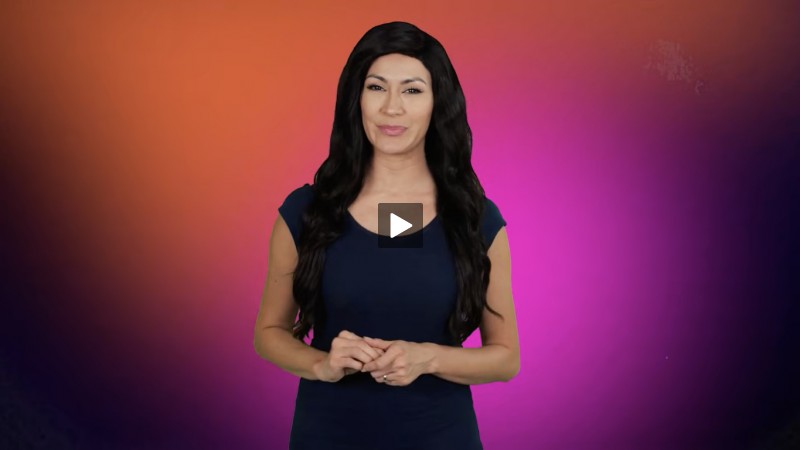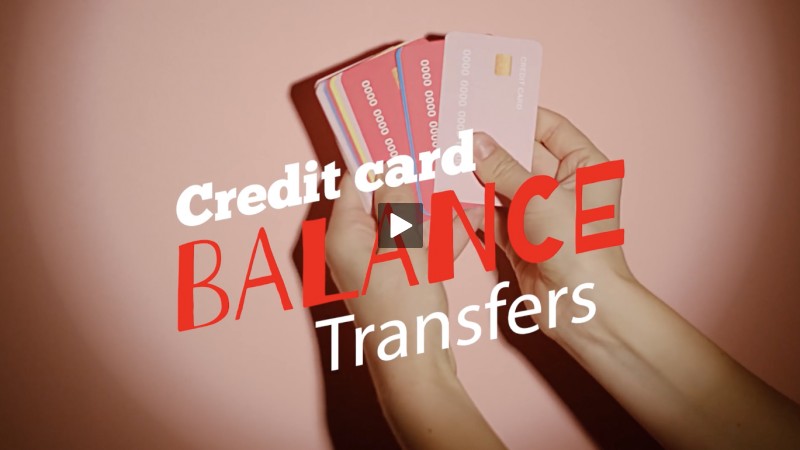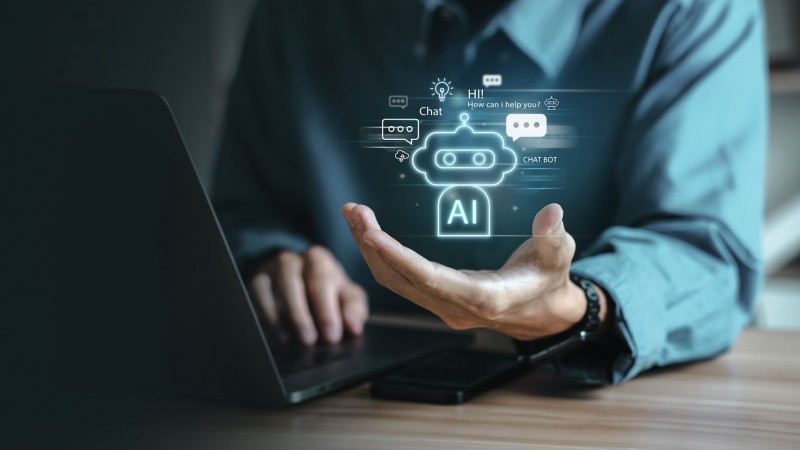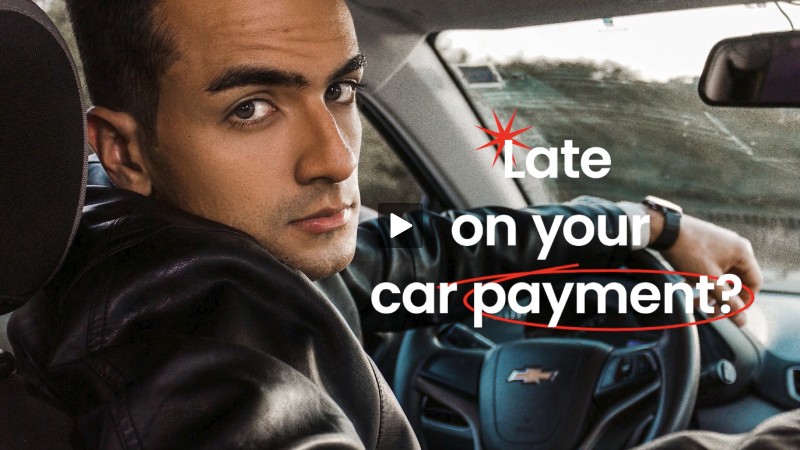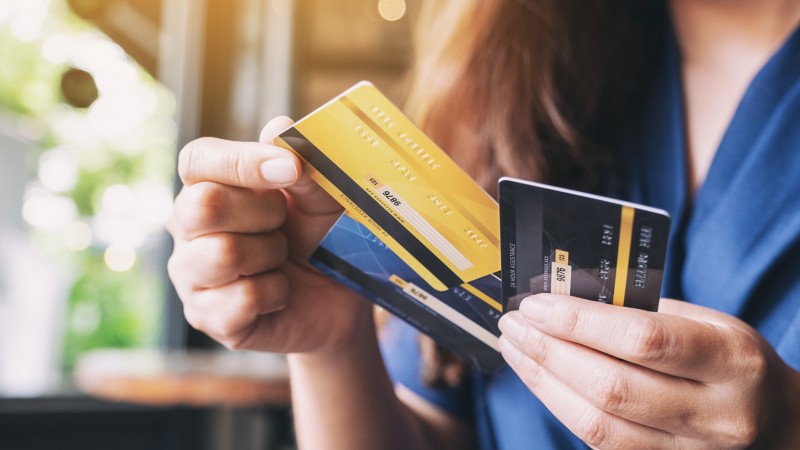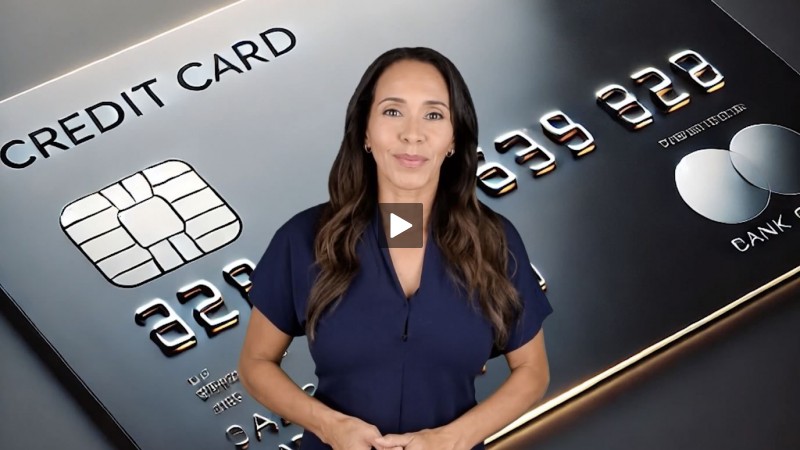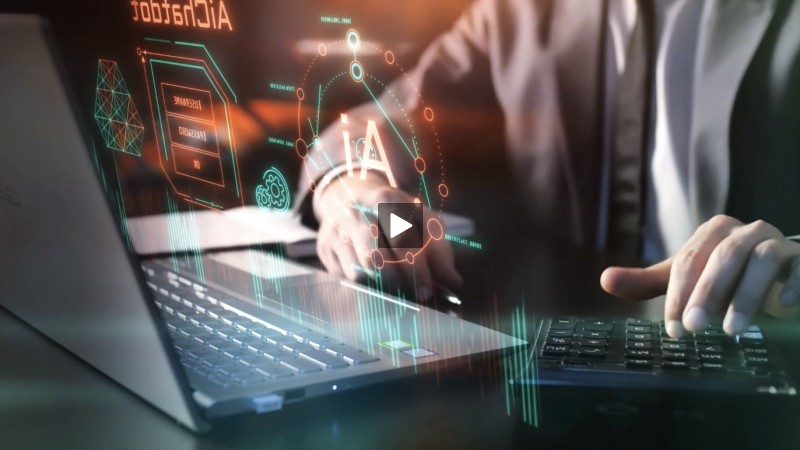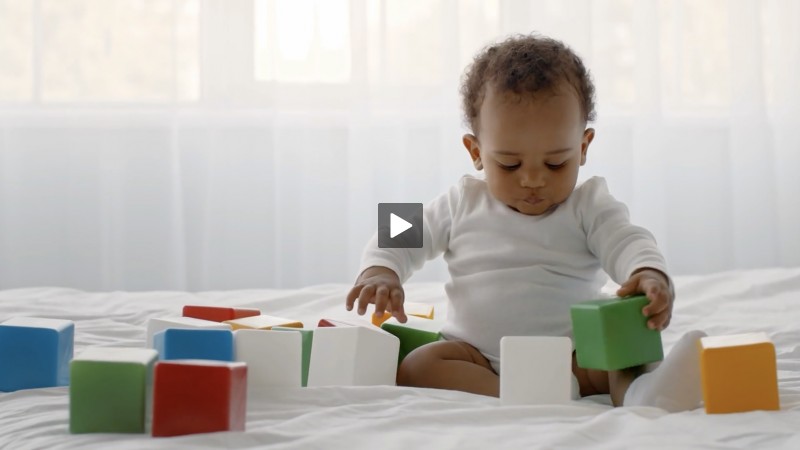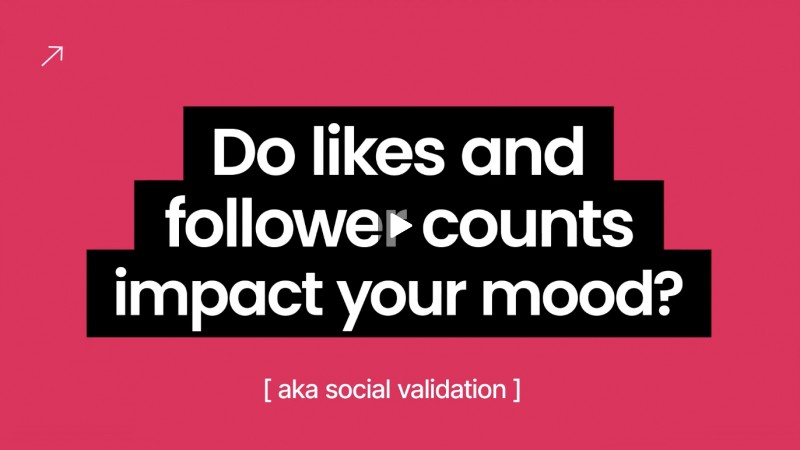The Selfie Saga: Selfie ID
- Details
- Written by Will from Holland
- Category: Articles

With people taking selfies and people posting selfies, selfies are undoubtedly everywhere you look. Selfies are so present in our lives that in 2014 the word "selfie" was integrated in the Oxford (Online) Dictionary. We would go so far to say that every smartphone user has probably taken a selfie at some point. They are here to stay, whether we like it or not.
Tech companies, banks, and even some tax agencies are now utilizing selfies as a form of identification to access their services.
Selfies have expanded beyond personal use and into the corporate world. Tech companies, banks, and even some tax agencies are now utilizing selfies as a form of identification to access their services, rather than a standard password. Here's how it works:
-
Login: You take a picture of yourself and facial recognition software will scan your face to determine whether or not you are really "you". If accepted, you are logged into your account.
-
Purchase confirmation: The selfie can be used as a way to "confirm" that you are really the person making a purchase on your credit card. The company checks if the device (i.e. your phone) used to make the purchase is registered to you and you confirm the purchase with a selfie.
With thousands of people around the country still falling victim to identity theft, this concept could be a way to make your account safer (nearly 20 million Americans had their identity stolen in 2014, which is more than one person every two seconds).
Experts are saying that just using a password as a form of identification and authorization is no longer safe enough. We trust, though, that you are already using strong and hard-to-crack passwords because you have read our article on this. Unfortunately, most of us use the same password for multiple accounts or use easy-to-guess passwords, which can get us into trouble.
With that said, however, even with the use of hard-to-crack passwords, the experts are probably right in this case. Selfie identification seems like a safe and sound way to securely access your account, but there are a couple of caveats:
-
A lookalike or identical twin could log into your account and steal your money. Facial recognition uses certain characteristics of your face to verify that you are you: the shape of your mouth, your nose and forehead, the shade of your eyes, etc.
-
These pictures could end up potentially anywhere. By using selfie identification, you are risking your photo being stored where anyone can access it. With companies constantly facing the fear of getting hacked, and others selling personal information, you don't know where your photo (and online profile) could end up.
-
Remember, as more of your personal information (including pictures) becomes available out there, the easier it will be to steal your identity. Think Facebook or Snapchat.
So, Is Using "Selfie Identification" Safe?
Face recognition software has been around for a while. Facebook has been using it since 2009 to help you tag friends in photos. Authorities have started using it for easier passage through customs and immigration. Additionally, certain states are allowing law-enforcement agencies to use this software to find and apprehend offenders.
The use of facial recognition software to verify identification for account access or to make payments, etc., is relatively new. Most companies that use the technology say it's safe and part of a two-factor identification system. For example, you can use the selfie identification technique, but also need your fingerprint, the (old-fashioned) password or a text message to confirm your transaction or login.
It's very important to keep two-factor identification if you decide to use selfies. The more methods you use to identify who you are, the harder it is for scammers and thieves to get into your accounts.
Makes sense right?
Cheers, Will











